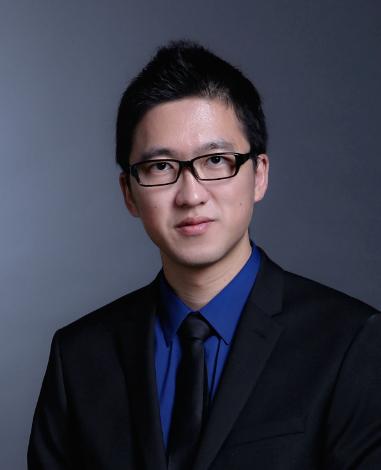Rice University chemist uses designer amino acids in search for new cures

Credit: Rice University
Rice U. chemist uses designer amino acids in search for new cures
HOUSTON – (Sept. 27, 2019) – There are 20 amino acids in the standard genetic code. A Rice University professor wants to know what one can do with 21.
Rice chemist Han Xiao has landed a $1.8 million National Institutes of Health grant to learn how a custom-designed 21st amino acid could be employed to make life-saving substances — and how to get genetically programmed cells to make them.
Xiao won a renewable R35 grant, issued through the National Institute of General Medical Sciences. The five-year grant will help enable the design of “unnatural organisms,” cells customized to produce a library of 100 or more designer amino acids that could in turn produce novel proteins for therapies.
“It’s an old question: Why do we have 20 amino acids?” said Xiao, Rice’s Norman Hackerman-Welch Young Investigator and an assistant professor of chemistry, who joined Rice in 2017 with funding from the Cancer Prevention and Research Institute of Texas (CPRIT). “Why don’t we have 21? And if we have a 21st amino acid, can we evolve a protein with some new function?
Xiao said it will be challenging to engineer bacteria with DNA that encodes a “noncanonical,” or custom-made amino acid.
“We would need several steps,” he said. “No. 1, we need to have a cell that can make this non-canonical amino acid. No. 2, we need a special codon for this new building block. And No. 3, we need a whole new translational mechanism to incorporate this building block.
“People have done a really good job for No. 2 and 3, but we’re still missing the first part, the cell,” Xiao said. “If we can couple them, we can create a totally unnatural organism to make a noncanonical amino acid and use it for the translational target. My lab wants to put these puzzle pieces together.”
The Xiao lab had already introduced a method to use noncanonical amino acids as relays in labeling target proteins, for instance to add fluorescent tags to antibody proteins. Now Xiao wants to take the process a step further and design cells to make the amino acids — and the antibodies.
If he succeeds, bioscientists will have a new tool to make custom proteins that can treat disease.
“I think there are a lot of applications,” Xiao said. “For example, you can make switchable chimeric antigen receptor (CAR-T) cells for immunotherapy, or you can make antibody drug conjugates. Along with addressing fundamental evolutionary questions, these would have a big impact on the pharmaceutical industry.
“It’s pretty challenging to make something this complicated, but I think we have a good platform and a good team,” he said.
###
Read the abstract at https:/
This news release can be found online at https:/
Follow Rice News and Media Relations via Twitter @RiceUNews.
Related materials:
Antibodies get easy upgrade withy pClick: http://news.
Xiao Lab: http://xiao.
Department of Chemistry: https:/
Image for download:
https:/
CAPTION: Han Xiao. (Credit: Jeff Fitlow/Rice University)
Located on a 300-acre forested campus in Houston, Rice University is consistently ranked among the nation’s top 20 universities by U.S. News & World Report. Rice has highly respected schools of Architecture, Business, Continuing Studies, Engineering, Humanities, Music, Natural Sciences and Social Sciences and is home to the Baker Institute for Public Policy. With 3,962 undergraduates and 3,027 graduate students, Rice’s undergraduate student-to-faculty ratio is just under 6-to-1. Its residential college system builds close-knit communities and lifelong friendships, just one reason why Rice is ranked No. 1 for lots of race/class interaction and No. 4 for quality of life by the Princeton Review. Rice is also rated as a best value among private universities by Kiplinger’s Personal Finance.
Media Contact
Mike Williams
[email protected]




